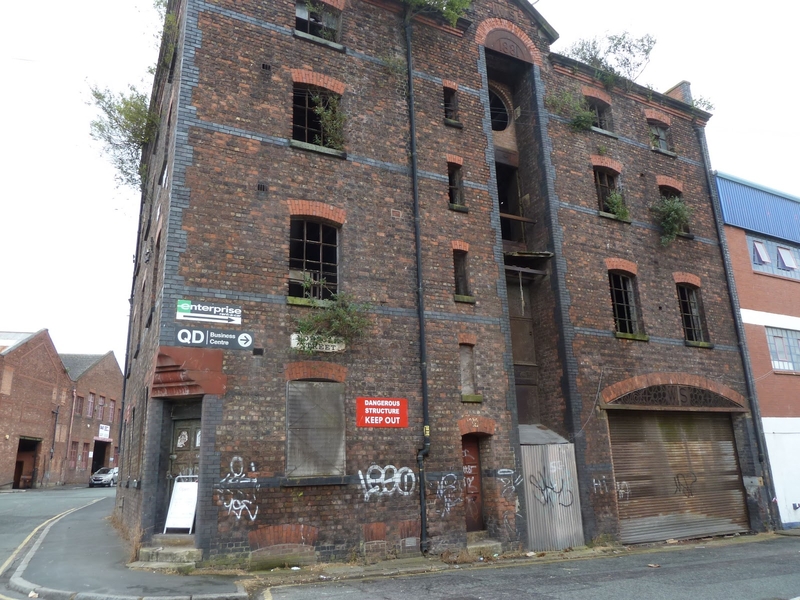Soaring demand for tech space sees rotting building bought from council

A VICTORIAN warehouse in the Baltic Triangle is to get a thoroughly modern makeover after being taken over by the people overseeing the creative regeneration of the area.
Baltic Creative Community Interest Company says it will respond to a growing demand by developing the area’s first digital technology hub in the four storey red brick warehouse at 61-65 Norfolk Street, some of which, it says, is structurally unsound and has fallen into a bad state of disrepair.
It and an adjoining two storey building, on Simpson Street, have been acquired from Liverpool City Council on a 125 year long lease hold. The Charity Bank and European Regional Development Fund have put up £2.6m to enable the scheme, which will start on site in November 2017 and is expected to be ready to let by September 2018.
K2 Architects will design the project which will feature 17,000 sq.ft of flexible modern workspace including studios, meeting rooms and co-working space. The ground floor will also include a public café with events space and outdoor green area.
Once established, says Baltic Creative, the scheme will support circa 30 companies and 150 full time jobs.

"This process has been a long time in the making and it has been the most challenging acquisition that I have worked on in my career to date," said Mark Lawler, Baltic Creative’s MD.
"Liverpool’s tech sector is booming, with figures showing that digital jobs in the north are growing 10x the rate of non-digital jobs. Here at Baltic Creative we are witnessing a huge demand for dedicated tech space and we’re committed to transforming 61-65 Norfolk Street into a scheme which will support the growth of digital businesses."
According to records the buildings, which are not listed, were built by William Smith, a paper stock, metal and general merchant and insurance records suggest that they were used to store seeds.
Kevin Horton, of K2 Architects, added: “It’s important to note that, whilst part of the building is structurally unsound with sections in considerable disrepair, it does have notable architectural and aesthetic merit. Therefore we, along with Baltic Creative, are passionate about maintaining the historic fabric of the building and intend to preserve as much of the original construction as is structurally possible.”







